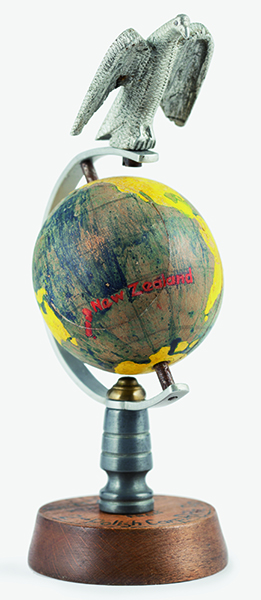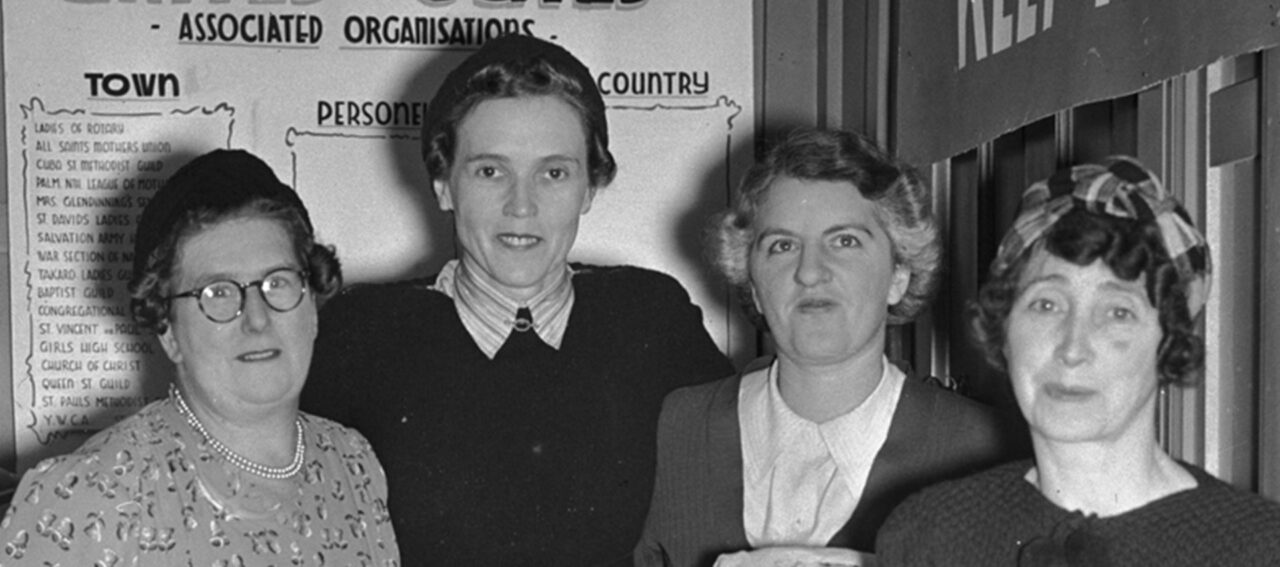 An exhibition at Te Manawa of art by Polish soldiers aimed to highlight an unexpected Manawatū connection to the Second World War.
An exhibition at Te Manawa of art by Polish soldiers aimed to highlight an unexpected Manawatū connection to the Second World War.
New Zealand soldiers overseas received regular parcels and letters from home, but the Polish forces fighting for the same cause, their homeland occupied by the Nazis, had no such support.
In the war’s early years, the wife of the Polish Consul toured New Zealand, explaining the plight of her country’s troops. New Zealanders, mostly women, responded, and formed the Polish Army League. Eventually gathering more than 7000 members across the country, they dedicated themselves to ensuring Polish soldiers enjoyed the same comforts as the Anzacs.
In Palmerston North this effort was spearheaded by Ann Kathleen Jacques. She founded the League’s local chapter in December 1941 and set up a headquarters in the PDC (today’s Plaza).
At the height of their efforts, as Anzac and Polish forces fought at Monte Cassino, Jacques and her friends were sending 50 parcels a month overseas. A Polish command hub in Egypt collected the parcels and sent them onward to troops in Italy. New members were given a specific soldier to write to – and frequently they received answering letters from the front.
With the war’s end, the Poles did not forget what the women of Palmerston North had done for them. They created an exhibition of “trench art” that they’d made – paintings and sculptures – and sent it to New Zealand as a gesture of thanks. In 1946 Sir Bernard Freyberg opened this exhibition in the Rosco Department Store (this building became the DIC and is now the City Library).
Most of this artwork has been in storage since. A few pieces could be seen in the Manawatū Journeys exhibition at Te Manawa – indeed, the seeds of this new exhibition were planted when visiting members of the Polish Embassy noticed them.
The museum is immensely proud to have more of these objects on display. 2018 also marked 45 years since Poland and New Zealand began formal relations, and 100 years since Polish independence.




